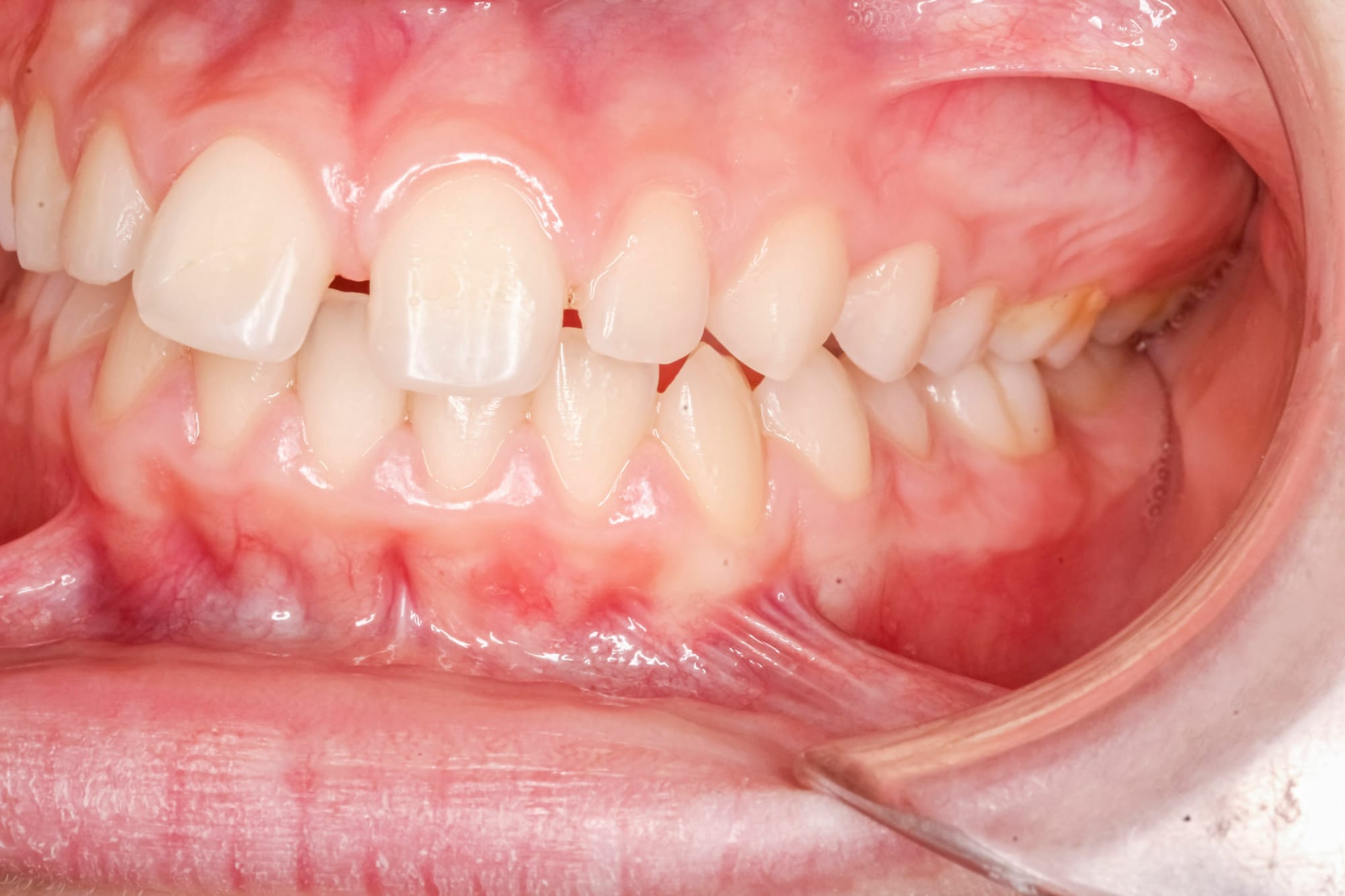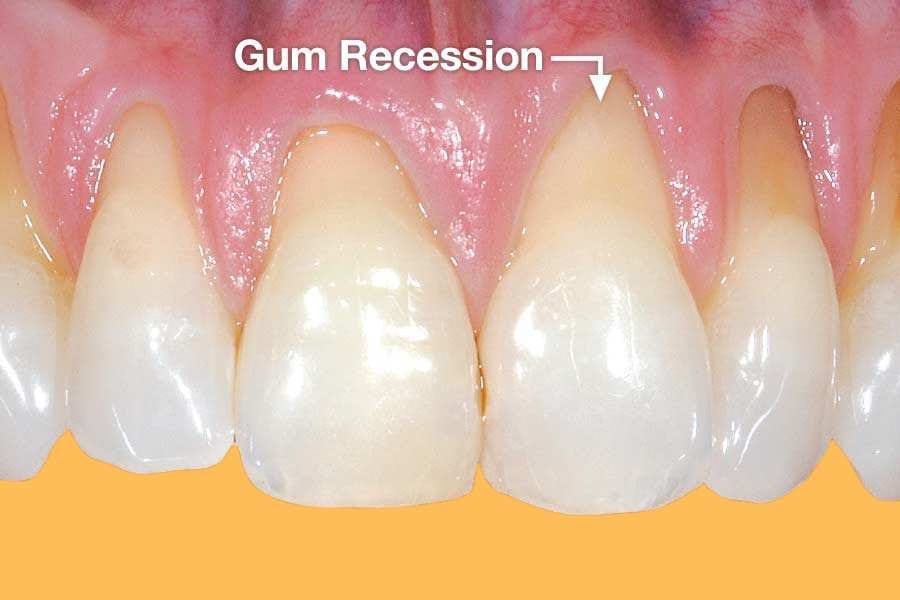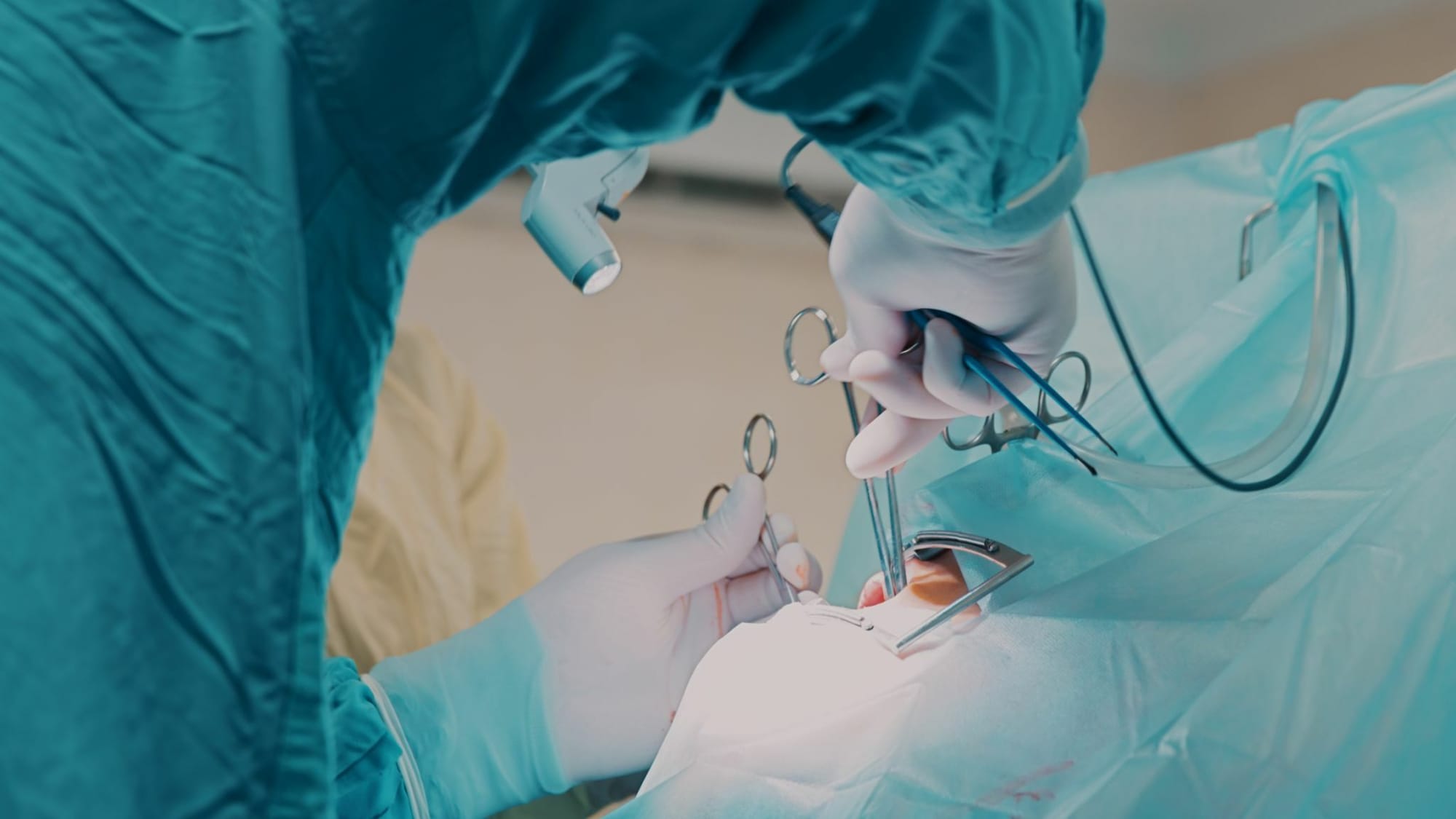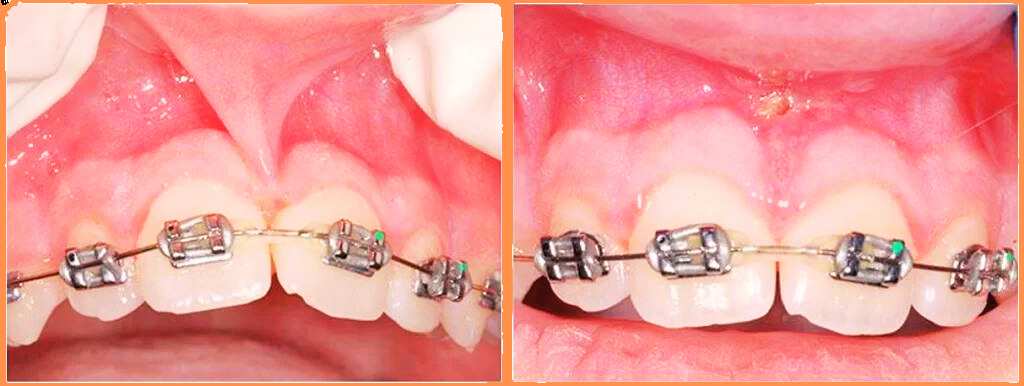This article is reviewed, corrected, and approved by: Dr. Benjamin McLean M.D. | FCPS | FRCP | MPH
When you first meet someone, you totally check out their face, right? A bomb smile is like, everything when it comes to how people see you and your confidence. Lots of peeps get dental work done, like implants and stuff, to level up their smiles. And one way to do that is with a frenectomy.
I'm gonna dive deep into frenectomies and spill the tea on what they're all about. But, yo, this oral surgery comes with its own set of risks, perks, and downsides. Let's break it down, fam.
What is a Frenectomy?

A frenectomy is when a doctor or dentist does a tiny surgery to cut that tight piece of skin so it doesn't cause any problems. It's like giving your mouth a little help to feel better and work properly. Don't worry; it's usually a quick and easy procedure that can help you feel more comfortable.
In your mouth, there are two main frenulums. One under your tongue connects it to the floor of your mouth, and another attaches your upper lip to the gum area between your front teeth.
Frenectomies are usually done to fix problems with these tissues. Frenectomies are usually done to fix problems with these tissues, such as:
Tongue Tie: A short or tight lingual frenulum can restrict tongue movement. Causing breastfeeding difficulties and speech development issues in children and adults. Tongue cheek and lip ties are also oral movements related to the frenum.
Lip Tie: A short or tight labial frenulum can create a gap between the front teeth and affect lip closure, breastfeeding, and speech development.
Frenum Tear: This can happen as a result of an accident or injury, and it can make it difficult to move the tongue or lips.
Why Is a Frenectomy Performed?
This procedure is performed for several reasons:
- To reduce a gap between the front teeth: A common reason for performing a frenectomy is to address a diastema. Which is a noticeable gap between the upper front teeth caused by an overly long or thick labial frenulum.
- To improve oral function: Frenectomies can enhance oral function by allowing for a fuller range of motion of the lips and tongue. This can aid in speech, swallowing, and overall oral hygiene.
- To alleviate discomfort: An abnormally short lingual frenulum can cause discomfort—difficulty speaking and other issues. Here, a frenectomy can provide relief.
Benefits of Frenectomy

A frenectomy can have a profound impact on your smile. Let’s see how it affects your beautiful smile.
a. Reducing the gap between your front teeth: A frenectomy can close the gap between your front teeth by addressing an overly large labial frenulum. The outcome is a smile that looks more appealing and attractive.
b. Allowing for a fuller range of motion of your lips: A functional frenectomy can enhance your ability to smile, speak, and eat comfortably.
c. Making it easier to clean your teeth: With improved access to your teeth, oral hygiene becomes more effective. Help to reduce the risk of dental problems.
Drawback of Frenectomy

However, a frenectomy can also ruin your smile if certain complications arise:
a. The frenulum is not removed properly: If the procedure is not performed correctly, it may not yield the desired results and could potentially worsen the issue.
b. The frenulum is too short after surgery: An overly aggressive frenectomy can lead to a too-short frenulum, causing discomfort and limiting lip and tongue movement.
c. Scar tissue forms after surgery: Frenectomy aftercare is crucial. The development of scar tissue may affect the appearance and functionality of your mouth.
How to Identify an Unsuccessful Frenectomy Procedure?
A failed frenectomy can manifest through various symptoms, including:
a. Increased gap between front teeth: If the labial frenectomy is not executed accurately, it may lead to a wider gap between the front teeth.
b. Decreased range of motion of lips: A poorly performed frenectomy can restrict lip movement. It affects your ability to smile and speak.
c. Difficulty cleaning teeth: Inadequate removal of the labial frenulum can make cleaning the area between the front teeth challenging, increasing the risk of dental problems.
d. Gum recession: A failed lingual frenectomy may cause gum recession, exposing tooth roots and leading to sensitivity.
e. Tooth loss: In severe cases, untreated issues with the frenulum can contribute to tooth loss due to compromised oral hygiene.
f. Scar tissue formation: Excessive scar tissue can impact the aesthetics and functionality of the mouth.
g. Pain and sensitivity in the frenulum area: Discomfort and sensitivity may persist or worsen after a frenectomy if the procedure is not performed correctly.
How to Avoid a Failed Frenectomy

Frenectomy before and after care are both very important to avoid complications and fast recovery. To avoid a failed frenectomy, it is crucial to take the following steps:
a. Choose a qualified and experienced surgeon: Seek a skilled oral surgeon or dentist with experience performing frenectomies.
b. Follow pre-operative and post-operative instructions carefully: Compliance with your surgeon's recommendations is vital to ensure a successful outcome. This includes proper wound care, follow-up appointments, and exercises to prevent scar tissue formation.
What To Do If Your Frenectomy Has Failed?
If you suspect that your frenectomy has not able to provide desired results or has led to complications, here's what you should do:
a. Consult your surgeon for an evaluation: You should talk with the surgeon who did your surgery for an evaluation. They will assess the situation and recommend the appropriate course of action.
b. Consider revision surgery: Sometimes, the surgeon may suggest revising the process. They can evaluate by checking frenectomy healing pictures (before and after).
Final Thought
Frenectomy can be a safe and effective way to enhance your smile and oral function. But be careful and try to know the related procedure, cost, and risk related to it. Choosing an expert surgeon, following their instructions diligently, and being aware of potential complications are key to achieving the desired outcome.


